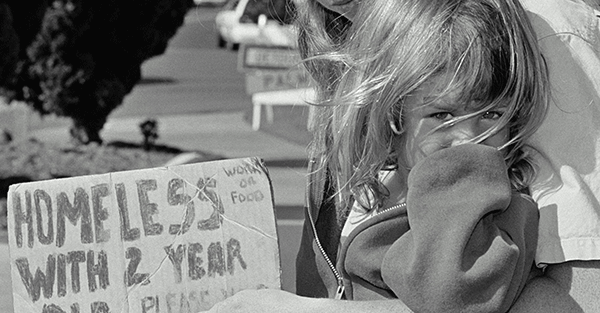Politicians like to work themselves
into a lather over the “tax gap”—the amount of money the government
says it’s owed by taxpayers that doesn’t get paid. The current
estimate, based on 2006 figures, is that
roughly $450 billion goes uncollected each year. That’s an 83.1
percent tax compliance rate which (shhh…Don’t tell anyone!) is
probably the highest on the entire planet. But never mind. If
government officials have to dig through the seat cushions for
those elusive ducats, that’s what they’ll do. Even if they do that
digging really, really badly.
The latest efforts at sofa cushion excavation involved a
multi-million dollar Information Reporting and Document Matching
Case Management System (IRDMCM—yes, really). The Internal Revenue
Service spent $8.6 million on the scheme to squeeze information
from banks, brokerage firms, and the like and square the data
against individual sole proprietor and business returns.
The system doesn’t work. It doesn’t work in spectacular fashion.
According to a report by the Treasury Inspector General for Tax
Administration (Compiled in September but released last
Thursday):
The IRDMCM System requirements were not sufficient. User
Acceptance Testing generated a high number of problem tickets, 50
percent of which were to clarify requirements and businessrules.
After a year of User Acceptance Testing, IRS officials acknowledged
that the IRDMCM System could not effectively process business cases
containing underreported income and could not be deployed into the
IRS production environment.
This is the federal government we’re talking about, and the IRS
in particular, so wasted effort and resources on unusable systems
are par for the course. What is surprising is the small
payoff anticipated from this failed system.
Remember that the tax gap represents something in the
neighborhood of $450 billion that the government wants to get into
its sticky fingers. The Inspector General’s report describes IRDMCM
(pronounced, “whatthefuck?”) as a missed opportunity that “could
have potentially resulted in assessed taxes of $54.9 million.”
That’s like digging at length through the sofa cushions,
delightedly spotting a couple of centavos, and dropping them.
The Inspector General recommends that the IRS roll up its
sleeves and try again, but the tax agency responds that
“significant budget constraints could affect future work on the
IRDMCM System.”
Well. that’s a crying shame.
Have you
thanked a tax scofflaw today for keeping wealth that might be
pissed away or even used against you out of the hands of the
government?
from Hit & Run http://ift.tt/14zHk0N
via IFTTT
